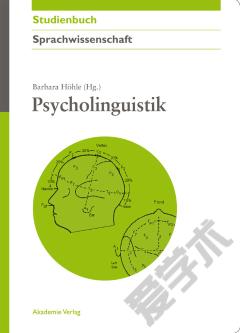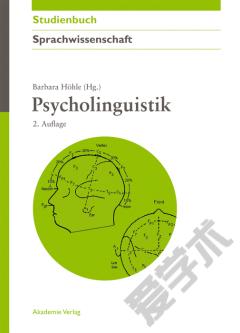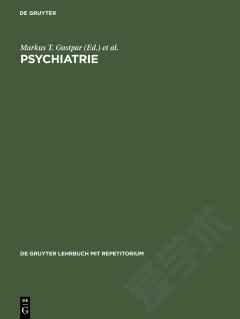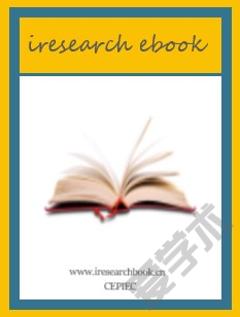Psychostimulants
A current survey and synthesis of the most important findings in our understanding of the neurobiological mechanisms of addiction are detailed in our Neurobiology of Addiction series, each volume addressing a specific area of addiction. Psychostimulants, Volume 2 in the series, explores the molecular and cellular systems in the brain responsible for psychostimulant addiction, including both direct/indirect sympathomimetics and nonsympathomimetics. This volume introduces the readers to the history of psychostimulant use. The authors clearly differentiate the neurobiological effects into three distinct stages of the addiction cycle: binge/intoxication, withdrawal/negative affect, and preoccupation/anticipation.Highlights recent advances in psychostimulant addictionIncludes neurocircuitry, cellular and molecular neurobiological mechanisms of psychostimulant addictionDefines the abuse and addiction potentials of both direct and indirect sympathomimetics and nonsympathomimetics
{{comment.content}}








 京公网安备 11010802027623号
京公网安备 11010802027623号